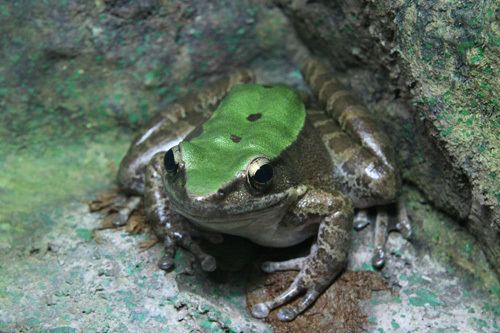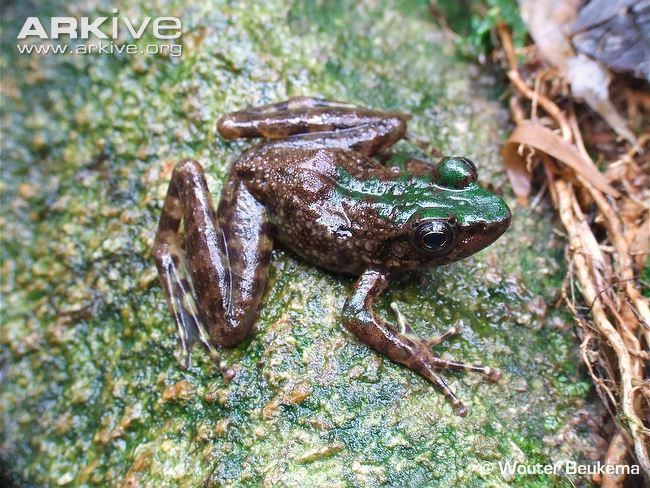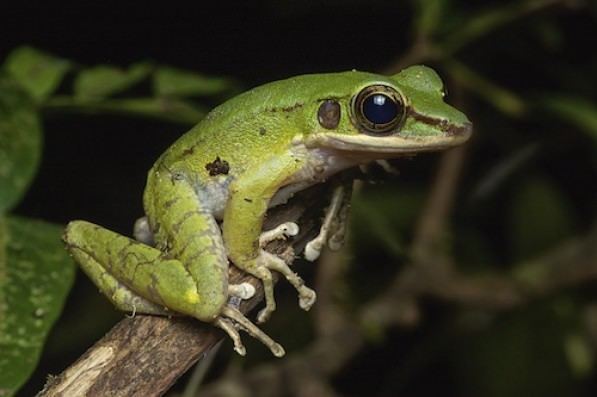Suborder Neobatrachia Family Ranidae Scientific name Odorrana Higher classification True frog Order Frog | Subphylum Vertebrata Superfamily Ranoidea Subfamily Raninae Phylum Chordata Rank Genus Subclass Lissamphibia | |
 | ||
Lower classifications Hose's frog, Odorrana jingdongensis, Odorrana chapaensis, Odorrana tiannanensis, Odorrana khalam | ||
Odorrana livida calling and eating med quality
Odorrana (commonly known as the odorous frog) is a genus of true frogs (Ranidae) from East Asia and surrounding regions. Many of these frogs inhabit fast-flowing mountain streams, and they typically have a remarkably pointed snout, as evidenced by common names like tip-nosed frog and scientific names like nasica or nasutus ("with a nose").
Contents
- Odorrana livida calling and eating med quality
- 3 odorrana margaratae and 1 paa rana quadranus on rock face
- Systematics and taxonomy
- Species
- References

3 odorrana margaratae and 1 paa rana quadranus on rock face
Systematics and taxonomy

Odorrana has a confusing taxonomic and systematic history. Most species placed here were initially placed in Rana. Some were considered to belong in Amolops and Huia instead, and yet again others were separated as Eburana. The most extreme proposal was to merge Odorrana into Huia.

In the early 21st century, molecular phylogenetic studies established that the systematic confusion was due to widespread convergent evolution between Amolops, Huia and Odorrana, which actually represent quite distinct lineages of Raninae. This necessitated some taxonomic changes, especially affecting Huia. It was also found that Odorrana is a rather close relative of Rana (which includes Lithobates nowadays) – possibly the most closely related living lineage. And while it is not completely certain that Odorrana is in fact a distinct genus, the available evidence points towards this being so.

Initial studies have revealed what seems to be several clades of Odorrana, which are sometimes considered subgenera. But few species have had their DNA sequence data sampled, and that the convergent evolution is liable to obscure relationships if assessed by morphology alone:
Species
In addition, the Phu Luang Cliff Frog (presently Huia aureola) might belong in Odorrana too.
